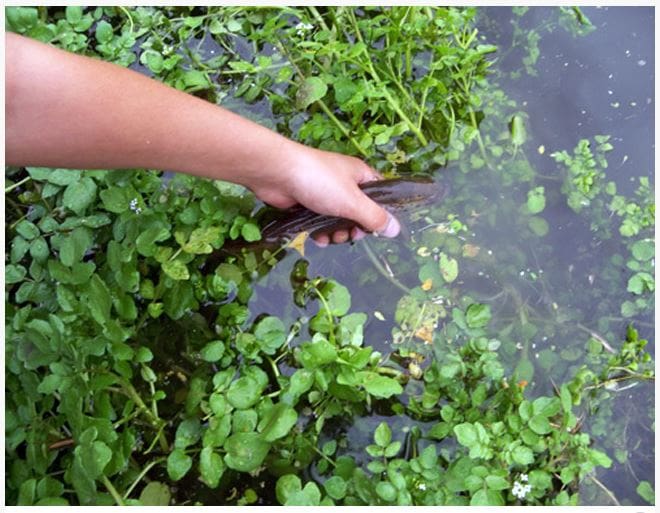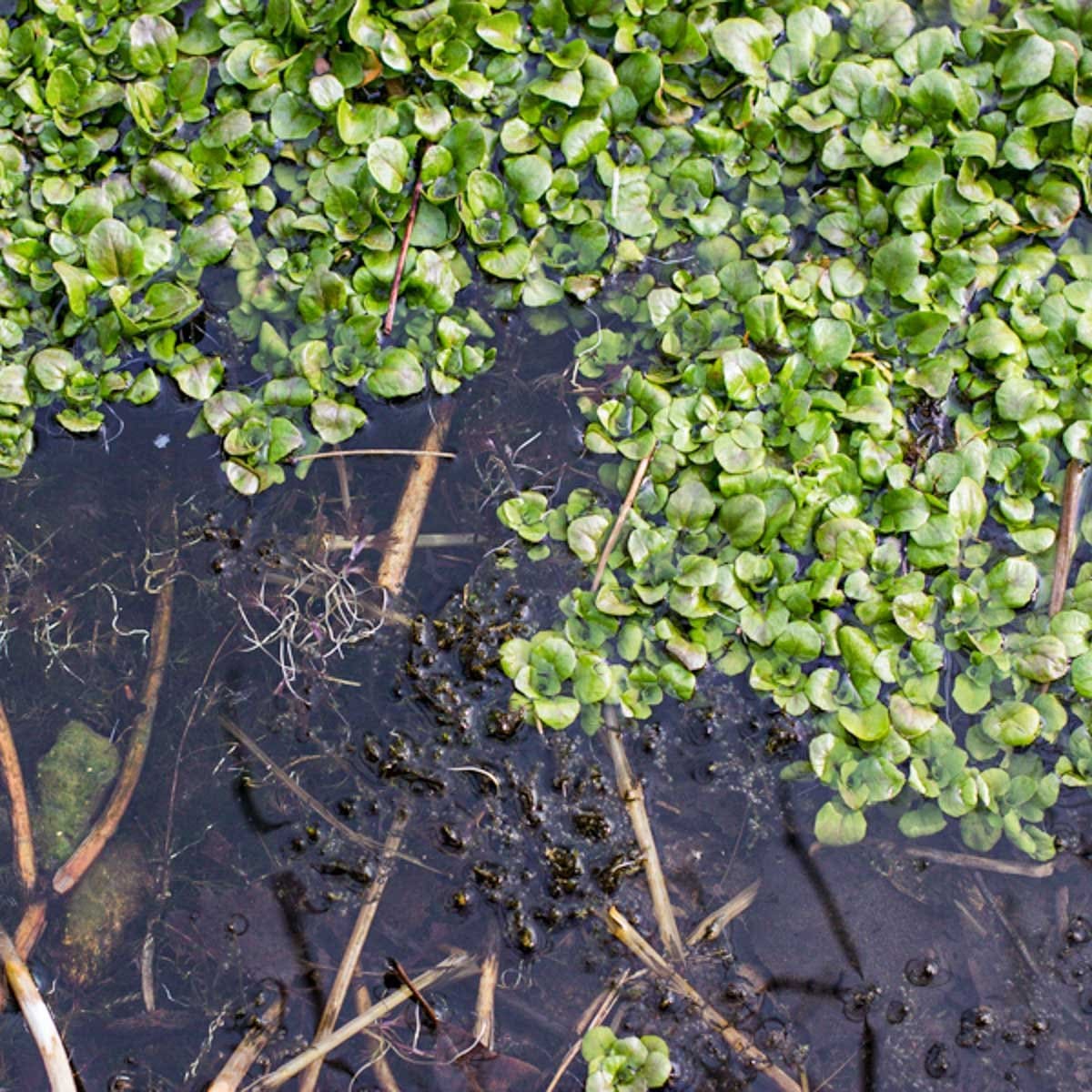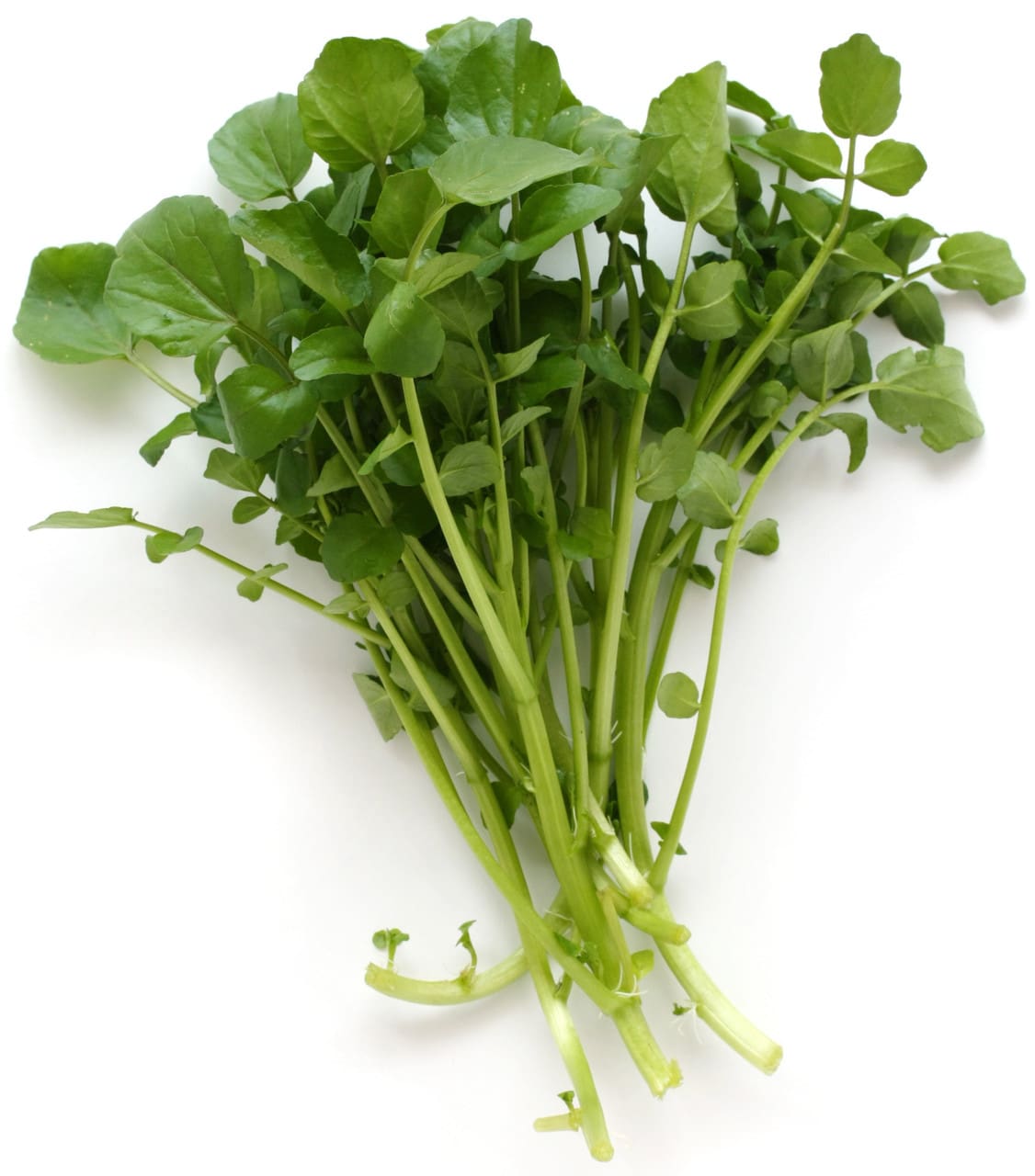Throughout the course of your perusal of this article, you will find yourself engaged in an enriching discourse on the aquatic plant known as the small-leaf watercress. As a reader interested in botany or aquatic environments, you will be offered a comprehensive insight into its alias, ‘Rorrippa microphylla’, its characteristics, habitats, and the roles it plays in various ecosystems. Unveiling the world of aquatic plant species, your understanding and appreciation of the importance of small-leaf watercress in aquatic plant diversity will be markedly heightened. This article is indeed a treasure chest of knowledge for you, promising to sharpen your understanding of the largely uncharted terrain of aquatic botany.
Overview of Small-leaf Watercress
The small-leaf watercress (Rorippa microphylla) is a unique plant species that captivates both amateurs and experts in the botanical world. discover the deep intricacies of its scientific classification, habitat, and ecology.
Scientific classification and genus of Small-leaf Watercress
The small-leaf watercress, scientifically known as Rorippa microphylla, is part of the Brassicaceae family. It sits within the Rorippa genus, which is a group of about 85 species of plants commonly known as yellowcress. The species name “microphylla” originates from Greek terms denoting “small” and “leaf”, thus giving us its common name.
Geographical distribution and environments
Small-leaf watercress is predominantly found in North America, ranging from Alaska, Canada, and the United States, especially within wetlands, fresh water bodies, and areas with moist soils. It also extends to parts of Russia, exhibiting its adaptability to cooler climates.
Description of Small-leaf Watercress
A comprehensive understanding of the small-leaf watercress requires a detailed description of its physical attributes and botanical features.
Distinctive features of the plant
Perhaps the most distinctive feature of the small-leaf watercress is its aptly named small leaves. This plant possesses pinnatifid to pinnatisect leaves which often have rounded lobes. These leaves cluster around the base of the plant, creating a dense layer of foliage.
Size, colour and form
In terms of form, the small-leaf watercress often assumes an erect posture, although it can occasionally sprawl depending on its growing conditions. Its size can vary, but it typically reaches heights of 10 to 40 cm. Its green color intensifies with increased exposure to sunlight.
Flowers and fruits features
The small-leaf watercress produces tiny, yellow flowers that typically measure 3 to 4 mm in diameter. It also yields small, oblong fruits known as siliques, which contain the seeds needed for the plant’s propagation.

Habitat and Cultivation of Small-leaf Watercress
Small-leaf watercress displays a high degree of resilience which allows it to thrive in a wide variety of environments, both in the wild and in cultivation.
Preferred natural environments
In its natural habitat, small-leaf watercress strongly prefers wetland environments. It can often be found in marshes, bogs, or along the banks of streams and ponds.
Ideal conditions for cultivation
In terms of cultivation, small-leaf watercress prefers moist soil and full sunlight, although it can tolerate partial shade. It flourishes best in cool climates and its growth can be stunted by hot weather.
Cultivation seasons and challenges
The best season for planting small-leaf watercress is spring. However, cultivation challenges do exist with regard to pests and diseases, such as white mold and clubroot.
Significance of Small-leaf Watercress
Despite its compact size, the small-leaf watercress plays a considerable role both in its native ecosystem and in human applications.
Ecological impact and role in the environment
Within its ecological realm, small-leaf watercress provides an essential food source and habitat for various forms of wildlife, including insects, birds, and small mammals.
Application in decoration or sceneries
Human applications of small-leaf watercress are myriad. Its lacy, dense foliage makes it a popular choice for aquatic gardening, where it adds texture and provides shade for fish.
Cultivation for commercial purposes
From a commercial perspective, small-leaf watercress is often cultivated and sold for its culinary uses. This tiny plant packs a nutritional punch, which has made it a prized crop for centuries.

Botanical Characteristics of Small-leaf Watercress
Understanding small-leaf watercress’s botanical characteristics provides insights into its life span, reproduction, and ecological interactions.
Life span and growth habits
Small-leaf watercress is a perennial herb, meaning it lives for more than two years. It generally displays a clumping growth habit, with new stems growing from a central point.
Propagative methods
Reproduction of the small-leaf watercress primarily occurs through its seeds, which are released from its small, elongated siliques. Additionally, it can also propagate vegetatively, through stem fragments.
Interaction with other species or fauna
Small-leaf watercress forms symbiotic relationships with a myriad of insects, especially those involved in its pollination process. This mutual interaction aids in the plant’s reproductive success while providing a food source for different insect species.
Nutritional Value and Health Benefits of Small-leaf Watercress
The small-leaf watercress is more than merely a ubiquitous water-dweller. It is a nutrient-rich plant that presents various health benefits, ranking it among top functional food plants.
Content of vitamins, minerals and antioxidants
Small-leaf watercress is loaded with several essential nutrients. It contains numerous vitamins such as Vitamin A, C, and K as well as multiple minerals including iron, calcium, and magnesium. It is also known to possess antioxidant properties.
Known health benefits
Frequent consumption of small-leaf watercress is associated with several health benefits. Its antioxidant properties aid in body detoxification, while its vitamin K-content promotes bone health. The vitamin C-content helps to boost immune health, and its mineral content aids in the maintenance of various bodily functions.
Possible effects versus side effects
While small-leaf watercress offers numerous health benefits, excessive consumption can lead to side effects. For instance, its high vitamin K-content can interfere with anticoagulant medications. As always, moderation is key when incorporating this plant into your diet.

Culinary Uses of Small-leaf Watercress
While largely known for its ecological benefits, small-leaf watercress is also a key ingredient in multiple cuisines.
Popular dishes using Small-leaf Watercress
This water-dwelling plant finds its way into numerous dishes, from salads and soups to sandwiches. This wide-ranging usability underpins its universal culinary appeal.
Other culinary uses
Apart from direct consumption, small-leaf watercress can be used to infuse flavor into broths or used as a garnish for different dishes. It adds a peppery flavor and a touch of aesthetic appeal to meals.
Cultural and regional significance
Over the years, small-leaf watercress has associated itself with different cultures and cuisines, most notably within the United States and England. Its potency as a health-promoting plant transitions it from a simple water-dweller to an esteemed component of cultural heritage.
Preservation and Storage of Small-leaf Watercress
Efficient preservation and storage of small-leaf watercress are key factors in extending its use over time.
Methods of preserving the fresh leafs
Once harvested, the leaves can be either consumed immediately or properly stored for future use. It can be blanched and frozen for long-term storage or to preserve its nutritional value.
Tips for long-term storage
For long-term storage, consider placing the small-leaf watercress in a container with water in the refrigerator. Regular water changes can help to prolong its freshness. Freeze-drying is another option.
Safety tips during handling and storage
During handling and storage, it’s important to keep small-leaf watercress away from contaminants. Always store the plant in clean, dry containers, and sanitize your hands and kitchen utensils before handling.

Growing Small-leaf Watercress at Home
Small-leaf watercress’s versatile nature allows it to be easily cultivated at home, provided the right conditions are met.
Ideal conditions for home-growing
For home-based growth, small-leaf watercress prefers sufficiently watered soil and full sunlight. It grows well in containers, garden ponds, or water gardens. Ensure the soil remains moist and nutrient-rich.
Stages of growth and care needed
From seedlings to blooming plants, each stage of small-leaf watercress growth requires careful attention. Regular watering and fertilizing, early disease detection, and containment of pest infestations are among the care actions to ensure healthy growth.
Common issues and solutions
Common issues faced in home-growing small-leaf watercress include pest invasions and nutrient deficiencies. Pest infestations can be controlled using organic remedies or pesticides. For nutrient shortages, consider using plant fertilizers or amending the soil with compost.
Conservation Status of Small-leaf Watercress
While small-leaf watercress is currently not listed as a threatened species, conservation is vital to preserving its ecology and benefits.
Threats and conservation challenges
Threats to small-leaf watercress populations include habitat destruction and climate change. Conservation challenges arise primarily due to human activities and the rapid evolution of the environment.
Current conservation status
Currently, small-leaf watercress is not listed under any major threat category by the International Union for Conservation of Nature (IUCN). However, regional conservation listings may exist and should be taken into consideration.
Efforts in conserving Small-leaf Watercress
Efforts to conserve small-leaf watercress focus mainly on its natural habitats. Protecting these areas from pollution, siltation, and drainage, as well as conservation-minded cultivation practices, can significantly contribute to the plant’s longevity and survival.
